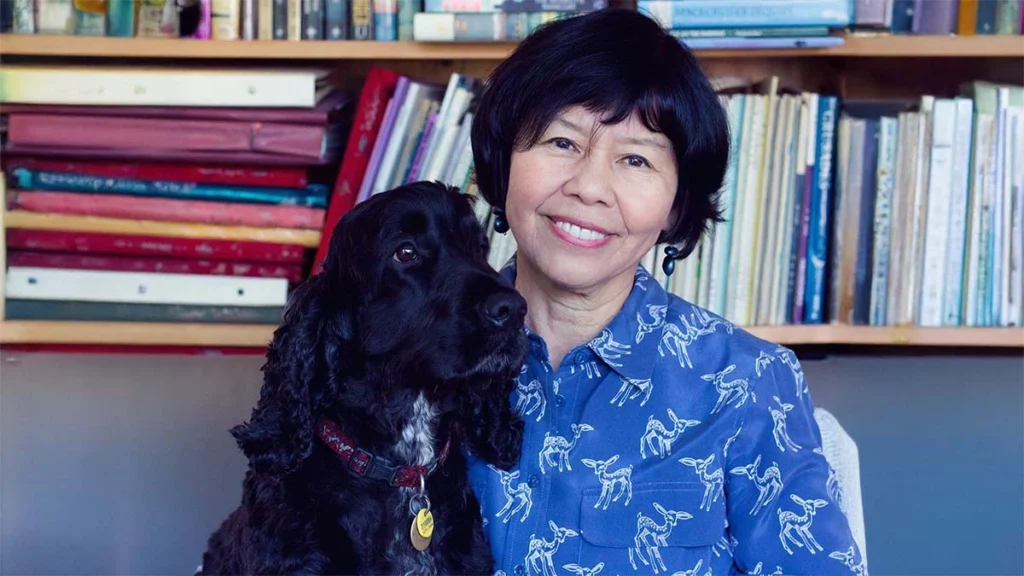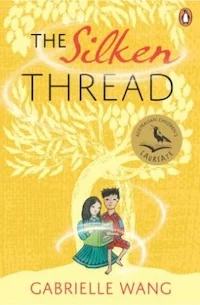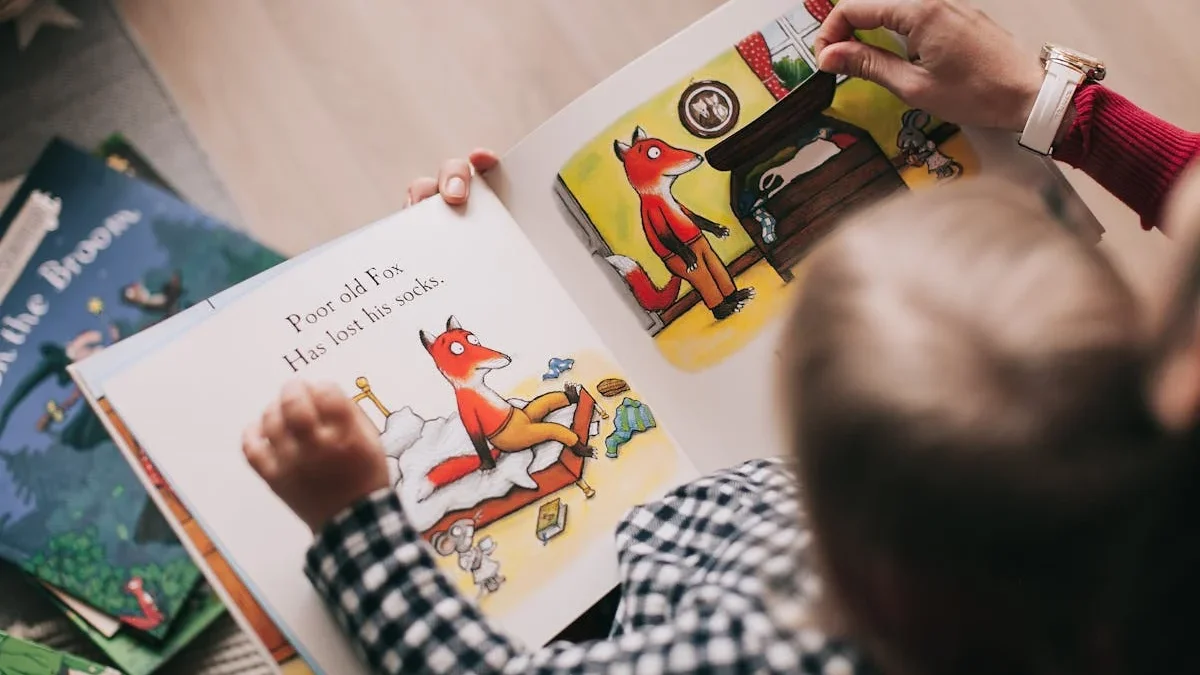Reading for kids made simple. In this Q&A with children’s laureate Gabrielle Wang, discover what makes a good children’s book, how to inspire young readers and tips for parents.
Getting kids to fall in love with books isn’t always easy, especially in an age filled with screens and endless distractions. But reading remains one of the most powerful ways to spark imagination, build empathy and strengthen learning.
To explore how parents and caregivers can inspire a lifelong love of stories, we asked Gabrielle Wang, award-winning author and illustrator, and former Australian children’s laureate, a few questions on the importance of reading, practical tips for parents and why books still matter more than ever.
Were you a big reader as a child? How did that shape who you are today?
As a child, I was a slow reader, a trait I still carry (thank heavens for audiobooks!). However, this never dampened my enthusiasm for reading. Before I could read independently, my mum fostered my love for books and story by reading classics like Wind in the Willows, Winnie the Pooh, Now We Are Six, Alice in Wonderland and Peter Pan and Wendy. Once I became an independent reader, I devoured Enid Blyton’s The Magic Faraway Tree series, and her mystery adventure books, The Secret Seven and Famous Five. It was The Magic Faraway Tree series though that particularly influenced what I write today. I love how it is set in a real world but travels into other worldly dimensions. My novels feature floating monasteries, a girl who is raised by birds, mythical creatures and stories that come to life.
What makes a “good” children’s book?
A good children’s fiction book can be read repeatedly, with the reader discovering something new each time. It should have layers, multiple narrative strands and maintain suspense until the very end. A good children’s book should be a page-turner.
Are there certain types of books you recommend for different age groups or stages?
- Picture books: 0 to adult
- Chapter books or junior fiction novels: 6–9 year olds
- Middle grade novels: 8–12 year olds
- Young adult novels: 13–16 year olds
This is just the recommended age range. It depends on the reading and comprehension level of the individual child.
What’s your go-to book recommendation for kids who “hate reading”?
There isn’t one book that suits all children; every child is different. However, Raising Readers by Megan Daley, which has recently been fully revised and updated, is an excellent resource for parents, teachers and educators. It’s filled with very practical information from a teacher librarian who has years of experience.
Why is it so important for kids to develop strong reading habits early on?
If children develop strong reading habits when they’re young, it sets the precedence for them being readers for life.

Gabrielle Wang was Australia’s children’s laureate for 2022–23 and is currently Victorian Reading Challenge ambassador. Her stories often blend Chinese and Western culture with elements of fantasy.
What can parents do when their child just isn’t interested in books?
- Read aloud to them from infancy but don’t stop when they start school. Read aloud to them all the way through primary school.
- When they are preschool age, take them to the local library for storytime. Let them have their own library card and take part in choosing their own books. At this stage, they will select books for their covers which means that they will pick a book that matches their interests.
- Once a child finds an author they love, help them find every book by that author.
- A mother once told me that her son, who wasn’t interested in reading at all, was highly motivated after joining the Premier’s Reading Challenge. He liked challenging himself to see how many books he could read in a specific time frame. Check out the Premier’s Reading Challenge in your state.
- Explore alternative ways to “read” a book. Graphic novels are growing in popularity. Many children prefer these books because they are heavily illustrated with little text. Audiobooks are another way for children to enjoy novels.
- As I found reading challenging when I was young, I was drawn towards the types of novels that were highly illustrated. This is why my middle grade novels contain numerous black and white drawings. My latest novel, The Silken Thread, has more than 40 illustrations within its covers.
- Cater to your child’s interests by exploring non-fiction books. There are many excellent non-fiction books, especially by Australian authors and illustrators.
- If your child’s school is lucky enough to have a teacher-librarian, talk to them about what is the best book for your child. Most know the children they teach well and their individual needs. I remember a 12-year-old child writing to me, telling me that their librarian recommended one of my books. She liked it so much it was the first book she had ever completed. She then went on to reading all my other books.
- If your child is not interested in fiction, there are many excellent non-fiction books, especially by Australian authors and illustrators.
How do you encourage a reluctant reader without turning reading into a chore?
Encouraging a reluctant reader without making reading feel like a chore can be challenging. With my five-year-old grandson, I’ve found a reward system works well. He loves to draw and paint, and we do this together. So, when I pick him up from school, he reads his daily reader first, then we move on to making art. Establishing routines early in their school years is the key.
For older children, find subject matter that interests them. My nephew loved reading the street directory. While another child I know loves reading catalogues like book club, Lego and supermarket catalogues. Any reading is better than no reading at all. Hopefully a spark will ignite inside that child.
Patience is essential.
Read next: 6 simple ways to raise kids to love reading

Gabrielle’s latest book is The Silken Thread, Penguin Books, Australia, 2025.
How helpful was this article?
Click on a star to rate it!
0 / 5. 0
Be the first to rate this post!

